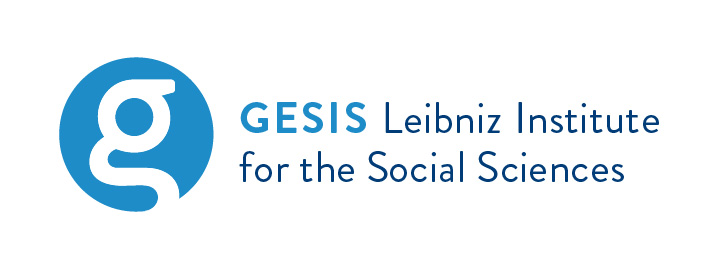In Search of the Best Response Scale in a Mixed-mode Survey (Web and Mail). Evidence from MTMM Experiments in the GESIS Panel
Abstract
Mixed-mode surveys allow researchers to combine the advantages of multiple modes, for example, the low cost of the web mode with the higher coverage of offline modes. One drawback of combining modes is that there might be systematic differences in measurement across modes. Thus, it would be useful to know which measurement methods work best in all employed modes. This study sets out to find a method that results in the highest measurement quality across self-administered web mode questionnaires (web mode) and self-administered paper questionnaires sent out by mail (mail mode). Two Multitrait-Multimethod (MTMM) experiments employing questions on environmental attitudes and supernatural beliefs were implemented in the GESIS Panel, a probability-based panel in Germany. The experiments were designed to estimate the measurement quality of three different response scales: A seven-point fully labelled scale, a 101-point numerical openended scale and an eleven-point partially labelled scale. Our results show that the elevenpoint partially labelled scale consistently leads to the highest measurement quality across both modes. We thus recommend using eleven-point partially labelled scales when measuring attitudes or beliefs in mixed-mode surveys combining web and mail mode.
Keywords
Full Text:
PDFDOI: https://doi.org/10.12758/mda.2021.05
Refbacks
- There are currently no refbacks.
Copyright (c) 2021 Hannah Schwarz, Wiebke Weber, Isabella Minderop, Bernd Weiß

This work is licensed under a Creative Commons Attribution 4.0 International License.

